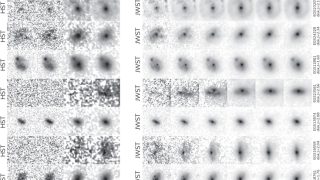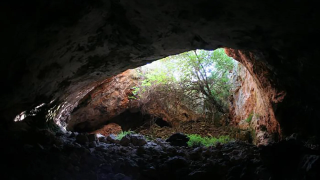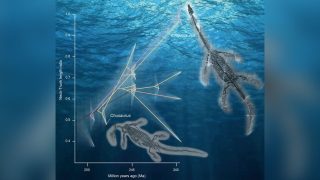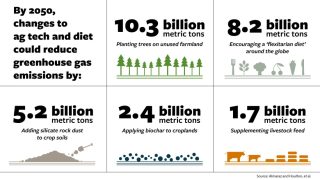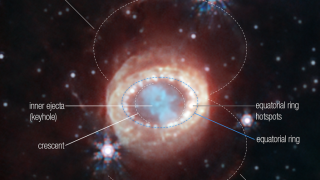
What a roof’s material can do to lower energy demand
roof Concrete sidewalks, black asphalt streets, traffic, brick and steel buildings. These common city elements can retain heat and increase temperatures in a phenomenon called the urban heat island effect. With increasingly warming temperatures during the summer months, urban cities like Chicago need to arm decision makers and communities with information about strategies to help […]

